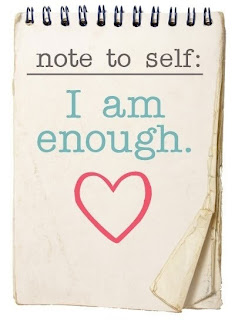Arr! Check out our latest thematic unit. And as usual, all lessons are strategically linked to common core standards.
Confidently teach the common core standards!
This 94 page Pirate Unit is divided into areas of literature, music, art, literacy, math, worksheets,, creative writing, word wall, and guided reading. The activities are clearly written, easy to use, and need limited amounts of preparation. The lessons (games or activities) included are scripted. They are written in a format that can be easily taught by the teacher or readily handed off to a parent volunteer or a classroom aide with complete confidence that objectives of the lesson will be reached.
Table of Contents:
Scripted Literacy Lessons With Independent Options:
Treasure Chest Words: Writing CVC Words
Dangerous Waters: Naming Alphabet Letter Sounds Fluently
Alphabet Explosion: Fluently Recognizing Various Alphabet Fonts
Pirate Plunder: Fluently Naming Alphabet Letters
Pirate Cove: Alphabet Letter Name & Sound Fluency
Master of the Ship: Reading Sight Words
Independent Activities:
Pirate Words: Writing CVC Words
Spyglass Sights: Writing CVC Words
Scripted Math Lessons With Independent Options:
Treasure Math: Writing Addition Problems
Jewel Grab: Comparing Number Quantity
The Missing Treasure Chest: Ordering Numbers
Treasure Coordinates: Combining Numbers to 10
Independent Activities:
Pirate Ships
Treasure Hunt: Identifying and Writing Numbers
Writing
Pirate Word Wall
Ahoy Matey
If I had a Pet Parrot
Art Projects
Pirate Hat & Spyglass
Shape Pirate
Parrot Pet
Pirate Ship
Pirate Captain
Guided Reading Books
The Pirates
Songs/Fingerplays
The Little Pirates
I Am a Pirate
Twenty Four Pirates
To compliment the unit and to add to guided reading fun, check out our emergent reads.
Arr! Spice up your guided readings with these great pirate themed books!
Book Titles and Levels
I Like Pirates-- Level C
X Marks The Spot-- Level E
The Pirates -- Level C
The Treasure -- Level D
And, here is the freebie, ENJOY!













































